English
The study of English is central to the learning and development of all young Australians. It helps create confident communicators, imaginative thinkers and informed citizens. It is through the study of English that individuals learn to analyse, understand, communicate and build relationships with others and with the world around them. The study of English plays a key role in the development of reading and literacy skills which help young people develop the knowledge and skills needed for education, training and the workplace. It helps them become ethical, thoughtful, informed and active members of society. In this light, it is clear that the Australian Curriculum: English plays an important part in developing the understanding, attitudes and capabilities of those who will take responsibility for Australia’s future.
Australia is a linguistically and culturally diverse country, with participation in many aspects of Australian life dependent on effective communication in Standard Australian English. In addition, proficiency in English is invaluable globally. The Australian Curriculum: English contributes to nation-building and to internationalisation.
The Australian Curriculum: English also helps students to engage imaginatively and critically with literature to expand the scope of their experience. Aboriginal and Torres Strait Islander Peoples have contributed to Australian society and to its contemporary literature and its literary heritage through their distinctive ways of representing and communicating knowledge, traditions and experience. The Australian Curriculum: English values, respects and explores this contribution. It also emphasises Australia’s links to Asia.
- Free Plan
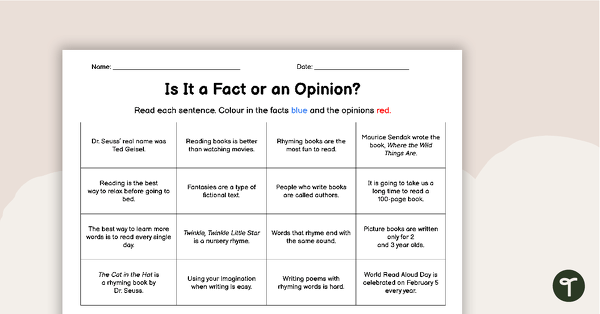
Is It a Fact or an Opinion? - Worksheet
A worksheet to practise identifying facts and opinions.
- Free Plan
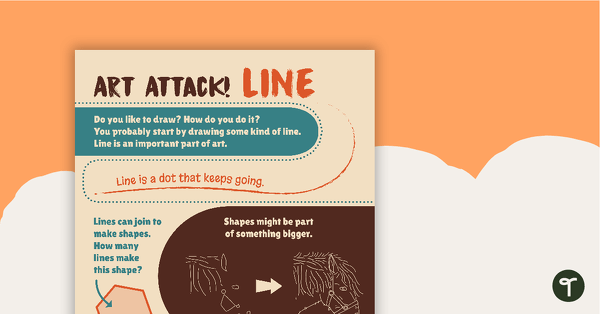
Art Attack! Line – Worksheet
A comprehension worksheet for a magazine article from the Year 1 magazine (Issue 3).
- Free Plan
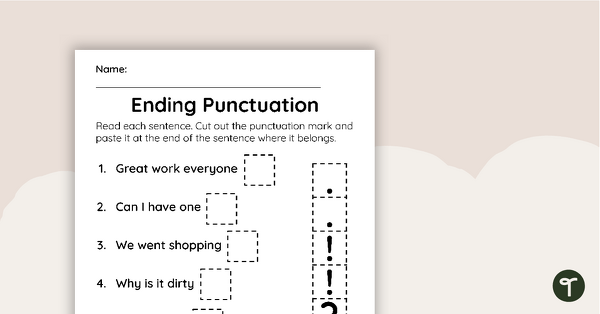
Ending Punctuation – Cut and Paste Worksheet
A cut and paste worksheet to practise adding the correct punctuation marks to the end of sentences.
- Plus Plan
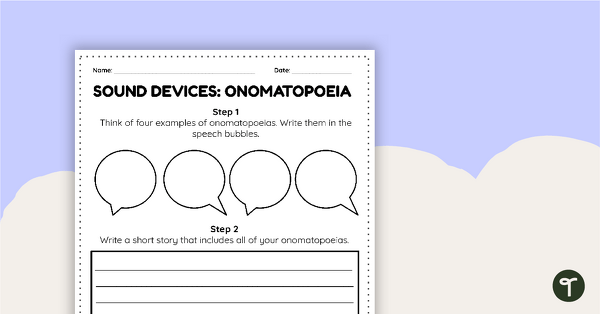
Onomatopeia Writing Prompt – Template
A writing template for students to use when learning about onomatopoeia.
- Plus Plan
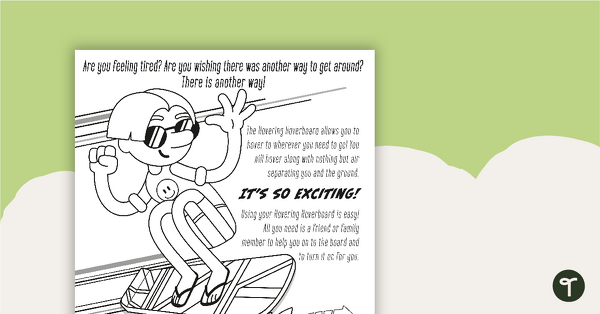
The Hovering Hoverboard – Worksheet
A comprehension worksheet for a fake advertisement from the Year 3 magazine (Issue 2).
- Plus Plan

Narrative Plot Structure Diagram
A plot diagram for students to refer to when planning their narrative writing.
- Plus Plan
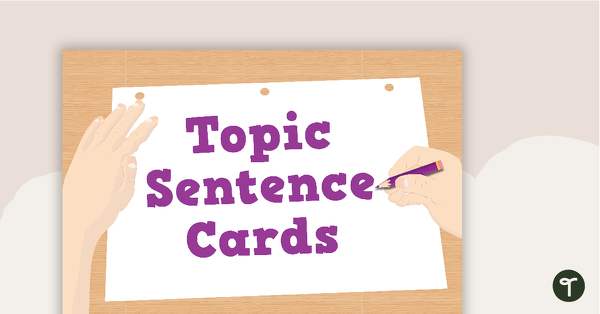
Topic Sentence Starter Cards
A pack of 32 narrative, persuasive and report writing sentence starter cards.
- Plus Plan

Dolch Sight Word Bingo – Grade 2
Sixteen different bingo cards using the Grade 2 Dolch Sight Words.
- Plus Plan
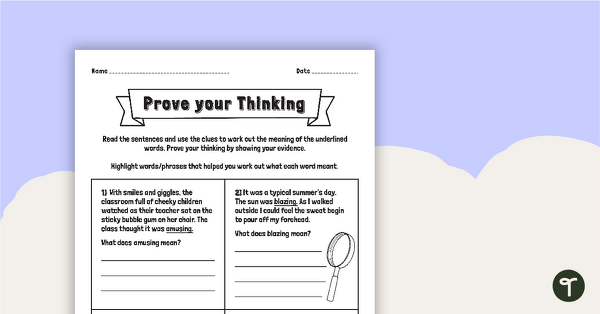
Finding Word Meaning In Context - Prove Your Thinking Worksheet
A teaching resource to help teach your students how to find word meaning in context.
- Plus Plan
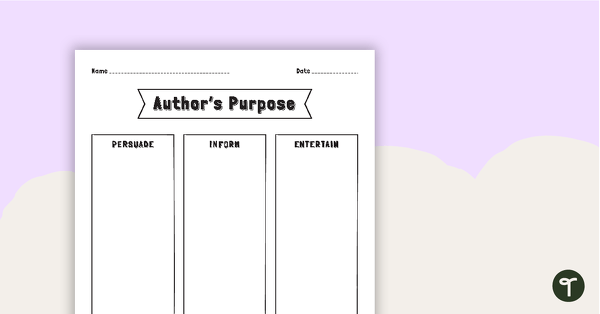
Author's Purpose - Sorting Worksheet
A teaching resource to help teach your students the different reasons authors may write.
- Plus Plan
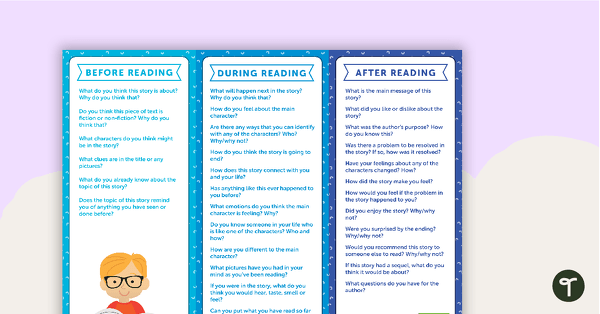
Before, During and After Reading Fiction - Question Prompts
Question prompts and a worksheet to use when asking questions before, during and after reading.
- Plus Plan
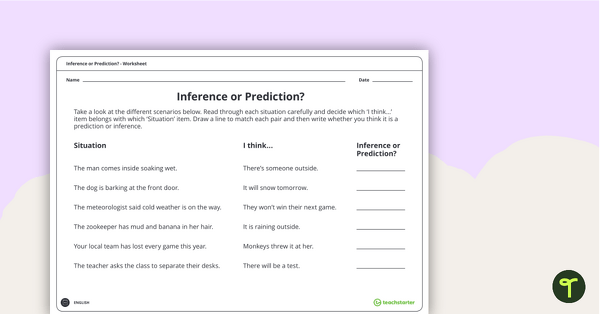
Inference or Prediction? Worksheet
A worksheet to use when teaching your students the difference between an inference and a prediction.
- Free Plan
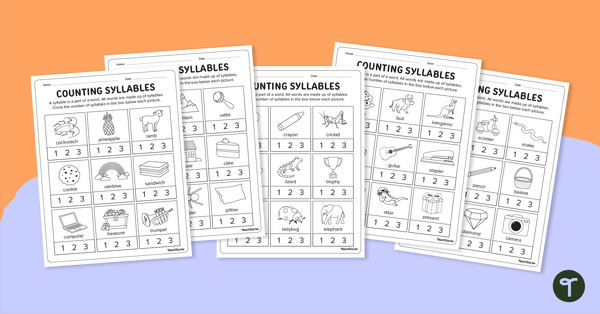
Counting Syllables Worksheets
Five worksheets that allow students to consolidate their understanding of syllables.
- Plus Plan

60 Comprehension Strategy Task Cards
A 144 page comprehension resource pack to help students apply comprehension strategies when reading.
- Plus Plan
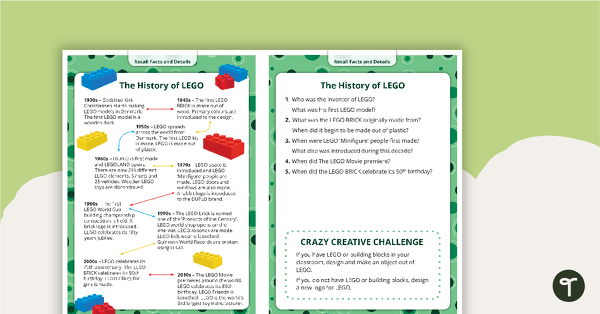
Comprehension Task Cards - Recalling Facts And Details
A set of comprehension task cards to help students recall facts and details when reading.
- Plus Plan
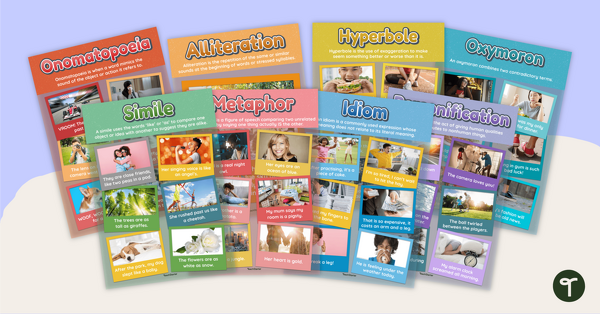
Figurative Language Poster Pack
Remind your students about the most common types of figurative language with this set of classroom display posters.
- Plus Plan
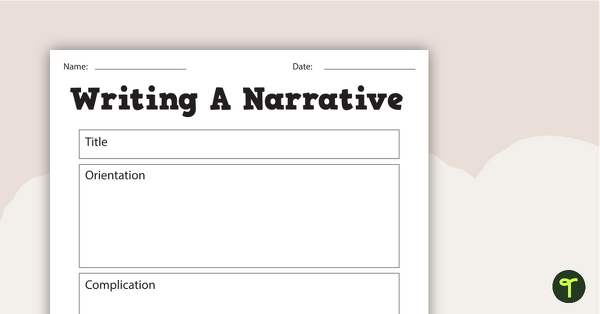
Fairy Tales Narrative Writing Pack
A fairy tale themed narrative writing teaching pack containing 8 worksheets and posters.
- Plus Plan
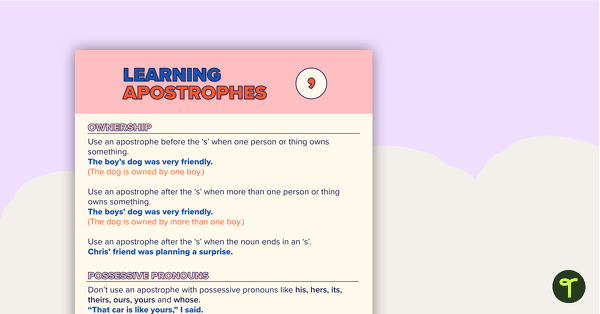
Apostrophes Poster
A poster explaining how to use apostrophes correctly.
- Plus Plan
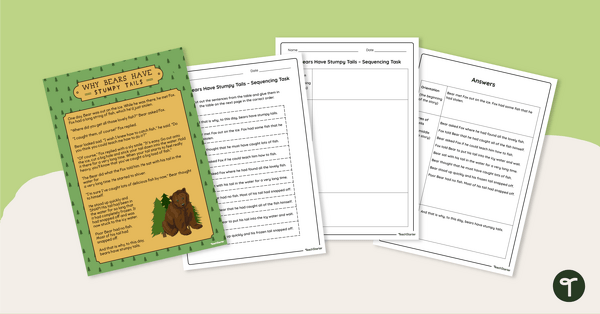
Why Bears Have Stumpy Tails – Sequencing Worksheet
Identify the story beginning, series of events and ending with this narrative text sequencing activity.
- Plus Plan
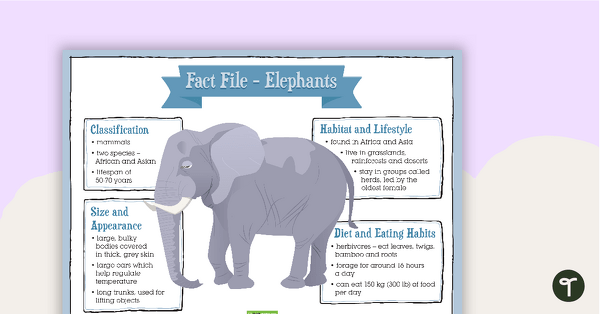
Elephants Fact File and Report Writing Scaffold
Support your students in writing an information report about elephants with this fact file and writing scaffold.
- Plus Plan
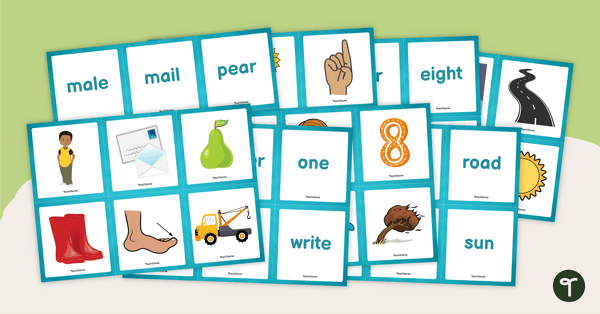
Homophones Match-Up Cards
Teach your students the meanings and spellings of some common homophones with this set of 32 match-up cards.
- Plus Plan
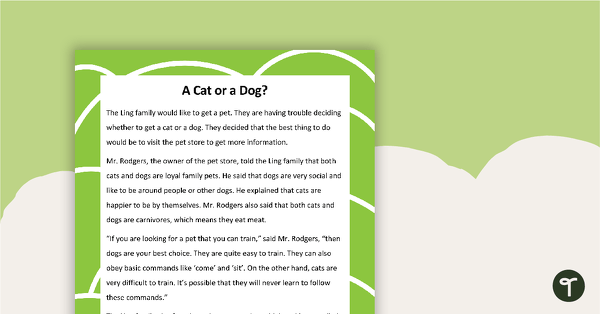
Compare and Contrast - Comprehension Task
A task to use when teaching your students reading comprehension strategies.
- Plus Plan
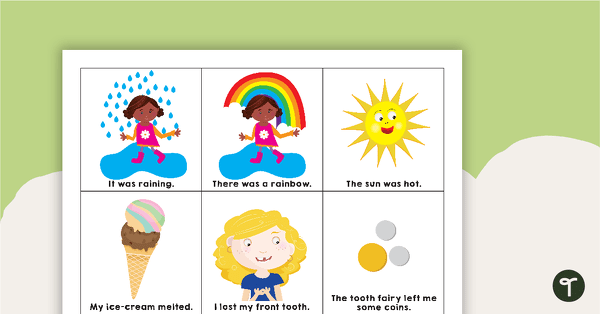
Cause and Effect Matching Cards
A set of 24 cards that can be used to help consolidate students' knowledge of causes and effects.
- Plus Plan

Distinguishing Between Fact and Opinion - Comprehension Task
A task to use when teaching your students reading comprehension strategies.
- Plus Plan
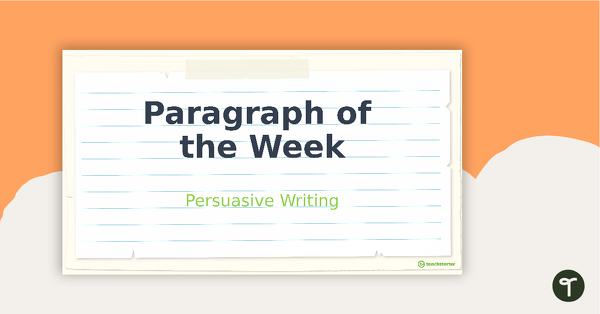
Paragraph of the Week PowerPoint - Persuasive Paragraphs
A Paragraph of the Week PowerPoint presentation to use when setting up this writing strategy in your classroom.
- Plus Plan
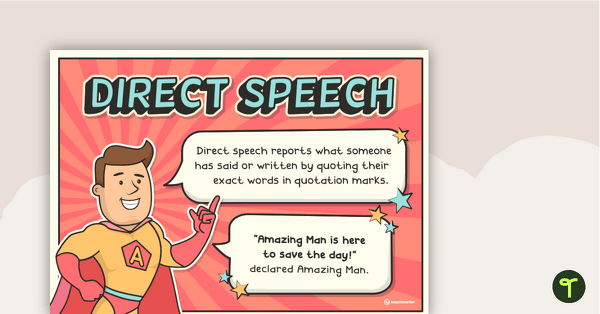
Direct and Indirect Speech Posters
Amazing Man helps students to learn what both direct and indirect speech entails as well as providing examples on how they can use it themselves.
- Plus Plan

Beginning Sounds Game Boards
Use these beginning sounds game boards to develop your students' letter-sound correspondence with the alphabet.
- Plus Plan

Letter Sounds Matching Game - Parking Lot
Practise applying letter-sound correspondence with this set of upper and lowercase letter cards and matching game boards.
- Plus Plan
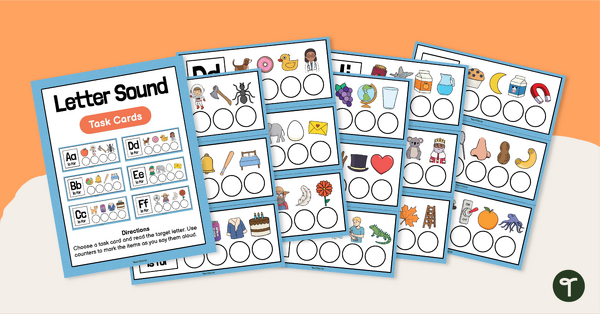
Letter Sound Recognition Activity Task Cards
Explore letter sound recognition knowledge with your students using this set of letter sound activity cards.
- Plus Plan
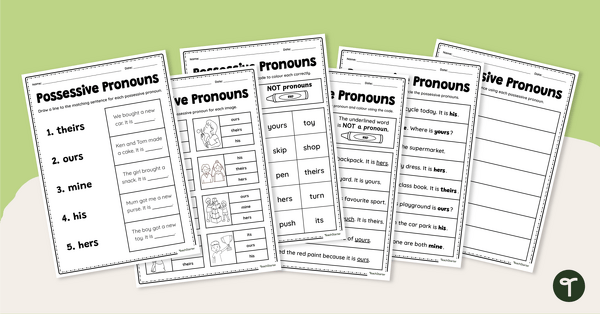
Possessive Pronouns Worksheet Pack
Use this possessive pronouns worksheet pack to get your students identifying and using these essential parts of speech.
- Plus Plan
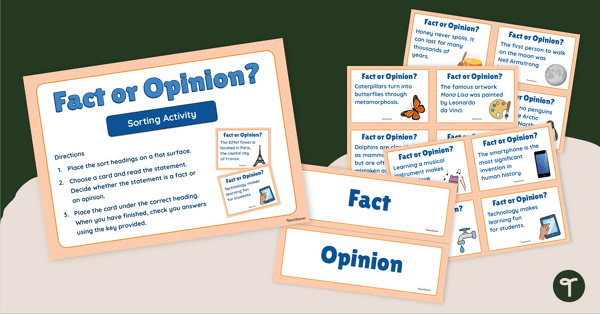
Fact and Opinion Sorting Activity
Use this fact and opinion sort to teach your students the difference between statements of fact and statements of opinion.
- Plus Plan
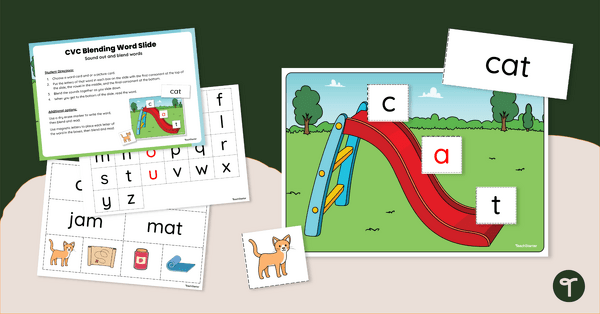
CVC Word Blending Slide Activity
Engage students in a fun blending activity to encourage students to ‘slide’ their phonemes together with this phoneme blending mat.